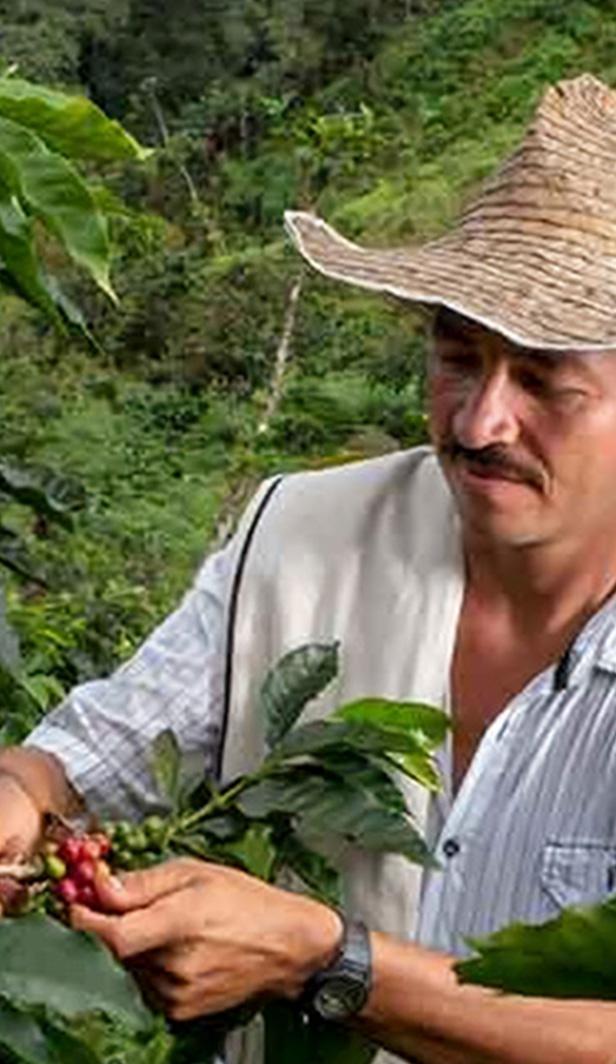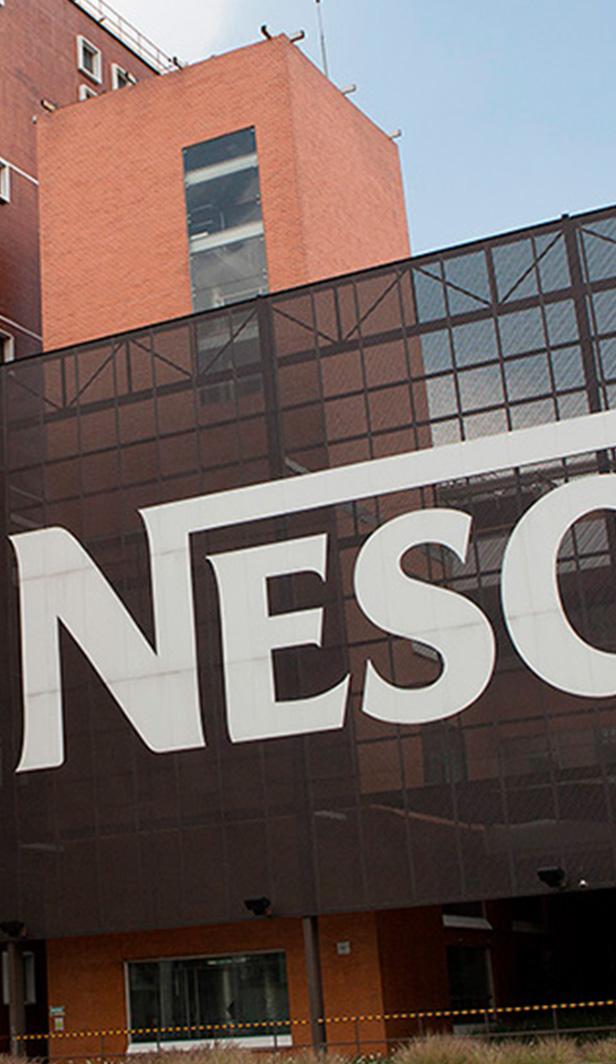Iced milk coffee originated from pure curiosity
Historically, Europeans had a tradition of adding milk to beverages, particularly tea. This mixing habit transitioned to coffee in the 1660s after the Dutch Ambassador to China, Johan Nieuhof, first experimented with it.
Indeed, it is said that this habit originated solely from Nieuhof's experimentation, starting as a mere curiosity. Surprisingly, this habit spread far and wide, giving rise to various coffee and milk concoctions, including the familiar iced milk coffee we know today.
For some people, coffee without milk can be perceived as too bitter
However, there's more to the story beyond what has been mentioned above. According to a historical account, the mixing of milk also had its origins in the region of Austria, precisely after the Battle of Vienna in 1683. In essence, the war occurred because the Ottoman Empire sought to besiege and seize the city of Vienna from Austria. However, with the assistance of Poland, Austria emerged victorious in the battle.
This triumph gave rise to various historical figures, one of them being Jerzy Franciszek Kulczycki. Due to his perceived contribution to the success against the Ottoman Empire, Kulczycki was rewarded by Austria with sacks of coffee beans, which he then used to establish a coffee business.
In serving coffee to his customers, Kulczycki drew inspiration from the habits of people from the Ottoman Empire, who had previously occupied Austria. However, the learned method was deemed too bitter for the European palate. So, Kulczycki began incorporating honey and milk to make it sweeter and more enjoyable to drink.
The addition of milk elevated the flavor of the coffee
Over years, the coffee with milk menu in Austria spread to Italy and worldwide. This was marked by the emergence of cappuccino in the early 19th century. According to historical records, cappuccino became popular in Italy shortly after Luigi Bezzera patented the espresso machine in 1901.
Speaking of cappuccino, it has a higher proportion of coffee compared to a latte. Both cappuccino and latte are made using a blend of coffee (espresso), liquid milk, and milk foam. The difference lies in the ratio of these three ingredients. Cappuccino is made with a ratio of 1/3 coffee, 1/3 liquid milk, and 1/3 milk foam, while latte uses a ratio of 1/6 espresso, 4/6 liquid milk, and 1/6 milk foam.
In the 1950s, a café owner named Lino Meiorin in Berkeley, California, USA, found cappuccino to be too strong. He observed that customers were not accustomed to the sharp taste of cappuccino as in Italy. Consequently, he instructed his baristas to add more milk. And so, the coffee latte was brought into existence!
Due to its distinct flavor, this coffee was named latte. From here, more and more creative coffee milk recipes have emerged.
Modern Iced Milk Coffee Recipe
Both cappuccino and latte shares the common foundation of three main components: espresso, liquid milk, and milk foam. As a result, many people consider these two drinks as variations of coffee with milk. With the passage of time, the coffee with milk menu has evolved, offering a diverse array of variations. Its composition isn't limited to those three ingredients but is often blended with fruits and other sweeteners.
The rise of coffee shops has led to the aesthetically pleasing and varied presentation of iced milk coffee. Typically, the more elaborate and expensive, the more delicious and appealing it becomes.
So, that's the extensive journey of the fusion of coffee and milk into the trendy beverage that has gained widespread popularity. Despite its title, iced milk coffee, the primary star of this beverage is, of course, the coffee. It's worth mentioning that there are various types of coffee. One of them is single-origin coffee.
Single-origin coffee serves as the foundation for various iced milk coffee recipes
Have you ever heard of single-origin coffee? It refers to coffee sourced from a single origin, encompassing the place, variety, and cultivation.
In Indonesia, there are several well-known types of single-origin coffee. Firstly, there's Malabar coffee. This coffee is often used in iced milk coffee recipes and renowned in Europe. Originating from Bandung, it boasts dominant chocolate and spice flavors. Secondly, there's Gayo coffee. Originating from Aceh, this coffee is frequently employed in delightful iced milk coffee recipes. Thirdly, there's Wamena coffee with a sweet aftertaste.
Additionally, Toraja coffee has gained global recognition for its chocolate, tobacco, and caramel notes. Lastly, Kintamani coffee is a must-try souvenir when visiting Bali. For those craving a quality iced milk coffee experience , you can try making it with NESCAFÉ Classic coffee using the provided recipe. NESCAFÉ Classic is crafted from 100% pure Robusta coffee. This coffee provides a delightful and high-quality taste in every drop. The NESCAFÉ Classic coffee is formulated to dissolve easily, even with cold water. Let's try various iced milk coffee recipes with NESCAFÉ Classic!

Today’s community favourites




